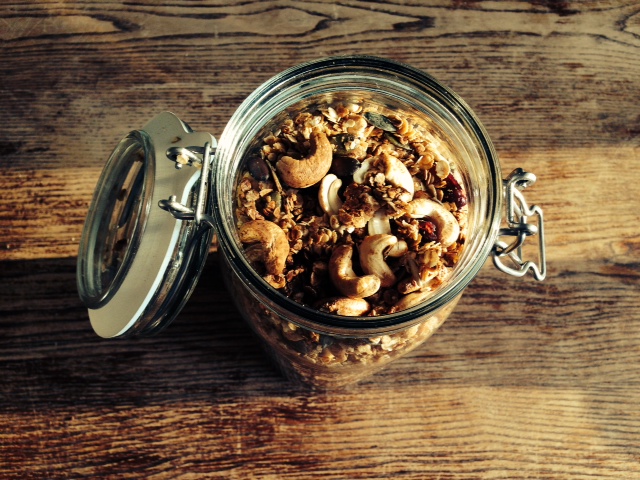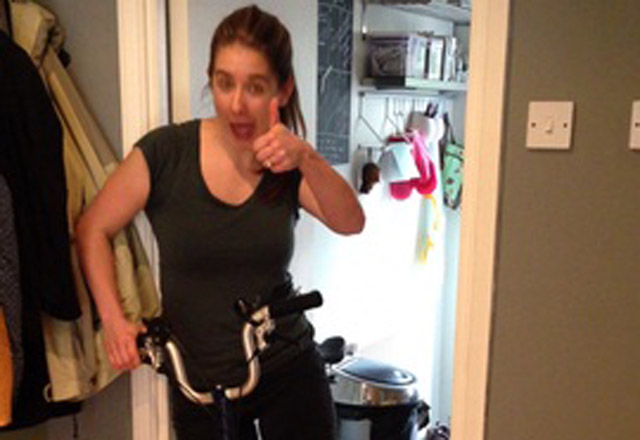Even if you’ve paid loads of attention to your bike, your core strength and stretching, sadly we all need to deal with the fact that the more you ride your bike the more you risk hurting yourself.
And this doesn’t just apply if you are formally training – it’s also relevant if you’re new to cycling and increasing what you’re doing or just getting out more. The more you do, the more you risk overdoing it.

The sciency bit
The art and science of training and how your body responds to exercise is huge and beyond the scope of one article so here we’re concentrating on the key elements of exercise that lead to injury.
When you exercise, amongst many other things, you cause micro-damage to your joints, muscles and tendons. As your body heals this damage these structures become stronger and it’s the repetition of this cycle which gradually increases your strength and fitness and so your ability to ride a bike further and faster.
If you do too much, too quickly and without enough rest you don’t give your body chance to sufficiently repair. Without a chance to repair the damage builds up and you end up injured. Typically you’ll notice an injury at around the third week of training, which is why training plans tend to work in a monthly cycle giving you one week of recovery after every three weeks of training.
The self-help bit
As usual, finding the balance between too much and too little is easier said than done. Your own experience and input from a coach can help, as can some tips from cycling physio Anne Dickins.
1. Make sure your training is appropriate to what you want to achieve
If your goal is to complete a sportive or other long ride then you are going to need to build up your endurance before the event. Conversely, if you’re looking to take part in a cyclocross race, you’ll want to focus on speed and power. Appropriate training will mean you stand a better chance of finishing the event and also will lessen the chance of injuring yourself on the day. If you’re not sure how to start, get yourself an appropriate training programme from a coach, or there are plenty available on-line or in books.
2. Give yourself enough time to train
Increasing the amount you do too quickly risks you overloading your body and ending up injured. This doesn’t just apply to you if you are training for a specific event; even a new year’s resolution to “ride more” can end up in you increasing things too quickly. Within the running world the general rule of thumb is not to increase the distance or time of a single run or weekly total by more than 10%. Although no such rule exists for cycling you won’t go too far wrong having this in mind.

3. Don’t overdo it
Increase everything gradually from your starting point be it the frequency of your rides or the length and steepness of the hills that you go up. And remember what’s gradual for someone else might be a jump for you; this particularly applies if you join a new riding group or start a new training plan as this won’t necessarily be right for you and so don’t be tempted to go out on every ride.
4. And relax…
Resting is part of training and the bit that most people dislike the most. It’s during rest days that the body regenerates and makes itself stronger. The skill is to balance your training against the rest to get enough of both – remember it’s after about 3 weeks of training that you start to risk injury if you don’t give yourself a break. But there’s not a perfect answer here – go how you feel, be sensible and pay attention to the rest days on a training programme.

5. Try some cross training
Compared to some other activities, cycling can cause us problems as pedalling is a fairly unnatural movement in fixed straight lines. To maintain balance across muscles and joints and keep your bones strong you need to exercise in different ways, and different types of exercise will give your cycling muscles and joints a bit of a rest too. Running is a great cross-training exercise for cycling but choose anything that takes your fancy be it swimming, a gym class or walking. Don’t forget your core and stretching to help keep everything in balance.
6. A little preparation goes a long way
Before you dive head long into upping your cycling think about working on your strength and flexibility first so your muscles and joints are better prepared to take on the load. Again, a strong core is important but also some simple leg strength and balance exercises, particularly for the muscles around your knee.
7. Use your gears
Trying to ride up a hill in a gear that’s too difficult will put big stresses and strains through your body which make you more likely to get injured. Build up the resistance gradually by starting out in a lower gear before increasing the resistance as your strength improves.
8. Don’t do everything at once
If you’re changing something on your bike just make one at a time to give your body a chance to adjust to it. Riding different bikes and doing different types of riding, like mtb and then road, can be an excellent way to mix up your training but if you’re not used to it don’t go out full throttle the first time you make a change.
9. Keep warm…and warm up
Cold muscles and joints are more prone to injuries so make sure you wrap up warm, particularly those knees, and give yourself at least 10 minutes riding before you start increasing your effort.

10. Be aware of the symptoms of overtraining
As well as risking injuring yourself, doing too much training can be bad in other ways and although overtraining isn’t an injury as such, it’s worth mentioning here. Overtraining refers to the tiredness and fatigue that follows hard training which doesn’t ease after rest. It can cause poor performance, a lack of sleep, makes you prone to colds and other infections, and affects your mood. As with avoiding injury, it can be tricky to balance between doing too much and doing too little. But as with injuries, you need to make sure you rest as well as exercise and seek the advice of a coach if you’re unsure.





